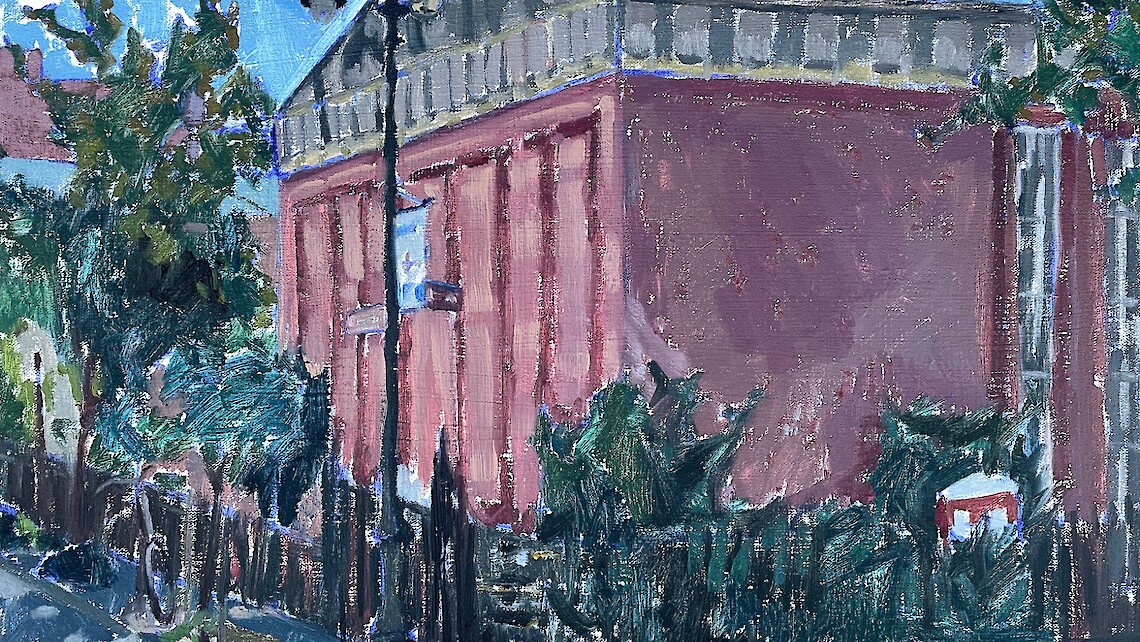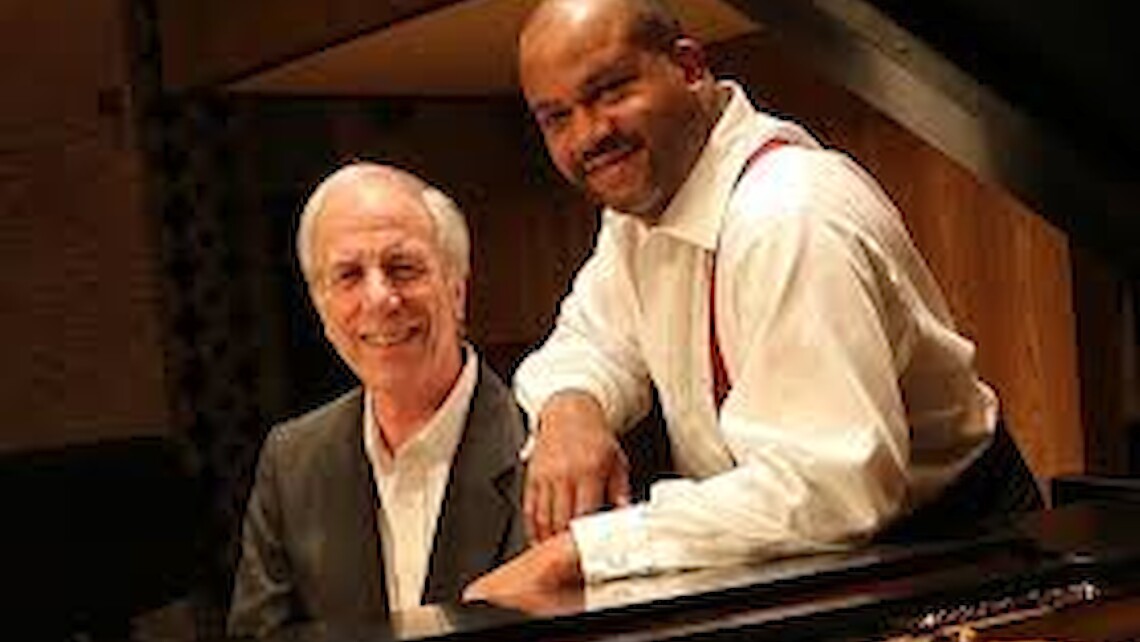David Del Tredici's Monsters
David Del Tredici's Monsters
27 March 2019
/Reports
Two new works by David Del Tredici
Wenesday, March 27, 2019
7PM @ Casa Italiana, Columbia University, New York
Pianists Eric Moe and Robert Frankenberry
1. Matrimony
2. Scylla and Charybdis
Matrimony is a quodlibet, treating the two wedding marches by Felix Mendelssohn and Richard Wagner, subjecting them to brilliant development, taking them to surprising places. It was played with precision and conviction by Eric Moe, for whom the work is dedicated.
David Del Tredici’s second string quartet is a mind blowing phenomenon. It is the best I’ve heard of his recent chamber music. It is not a whimsical piece. His quodlibets are lighter. They include the piece he wrote for Cygnus in which, at a climactic movement, the Last Rose of Summer is presented with The Star-Spangled Banner. That piece is over the top hilarious, entertaining, and outrageous, (that’s what Tiggers do) with David’s nephew Felix moaning on the trombone. Eric Moe’s piece Matrimony was delivered with delicacy and subtlety. His peddling was very discreet, almost chaste. I liked that. It steered us away from taking the piece as a mere novelty. It is not that.
There’s much to be said about Del Tredici’s best works. Matrimony is way up there, I think. He never merely screws around with the 8-note scale. . He is a master of creating long stretches of music that are characterized by a very distinct, fetching, and not at all simple sound—a distinct harmony of the moment that is a collision of voices in counterpoint. That is a huge achievement.
And moreover, if one feels that integration is what we should be doing now, as I do, the final step is the most difficult and uncomfortable–integrating functional harmony with post-tonal things that we have come to love and we can’t give up (and why should we?). That is the shark tank that Del Tredici has plunged into. I don’t think it’s unfair to say that he is subjecting his music to the criticism that Shoenberg had of Reger and Busoni and other fiercly chromatic tonal composers. That which held tonal music together was no longer doing the trick, Schoenberg argued. I am a Schoenberg fan and a Del Tredici fan in a time when Schoenberg is out of favor. Embracing Del Tredici is part of the process of qualifying our celebration of Schoenberg. Schoenberg’s answer to Reger brought its own problems that we are still grappling with. That said, op. 9 is pardigmatic 21st C. work; Schoenberg overcame the Leibowitz/Boulez error about *equal wieght*before he contributed to the problem. Likewise, Del Tredici helped torch *equal weight* as a positive musical value. It was a musical value (aone that Schoenberg never endorsed), contingent to the moment. It was a momentary lever that soon became a bad habit.
The second piece on the program was written for Rod Frankenberry who played piano and sang and narrated a story about Scylla & Charibdis. Del Tredici wrote the text. Scylla is described in a manner that immediately brings to mind the vagina dentata of lore. I commented on that afterwards and Maestro Del Tredici said he’d never heard of that.
This reminds me of when we were talking about what he would do for Cygnus. I asked if he was familiar with Beckford’s Vatek. He said he’d never heard of that. I tried to sell it to him as something interesting and bizzarre–exotic, and with a bit of homoeroticism. I suggested that because I hoped to the steer him away from the famous but controversial Rumi poem about gourding–“The Importance of Gourd Crafting”. He wanted to make a setting of that poem for Cygnus. I needed Cygnus and Courtney Budd to be comfortable with the concept and ran it by them. It was voted down. Del Tredici said Vatuk wasn’t over-the-top enough for him. After many more months of thinking he would never get around to his Cygnus piece, he called me, very fired up about The Last Rose of Summer. Matrimony puts The Last Rose into a familial relationship. The two works build upon one another, become bigger than either one individually, like a series of Matisse paintings.
This digression gives a bit of background for the sensibility of the creator of the flamboyant prose/musical work, Scylla and Charybdis. The performance by Robert Frankenberry was wetter that Moe’s, not at all chaste. That was right for Del Tredici’s story. And Frankenberry’s narration matched his boisterous playing. It was arch, like the story. The performance was a tour de force. Del Tredici’s scary and voluptuous Scylla is strongly reminiscent of the Aubrey Beardsley story, which he richly illustrated, Under The Hill. There is described, toward the beginning, a pastoral landscape that is like a woman’s torso—two ridges forming a Y with a ravine and a waterfall in between, a prose version of Courbet’s L’Origine du monde, but in topological/geographical form. Del Tredici’s brand of outrageous is, however, separated from the Yellow Book, the Aesthetic movement, the Decadent movement by many decades of America’s Disney innocence, an innocence manufactured at around the time when Hollywood began toning down the sex, a response to the crash. The brew has steeped once again and Del Tredici is such an important ingredient, perhaps the main ingredient.
Many thanks are due to Howard Stokar and Rick Whitaker for making this happen. The event received support from the Roger Shapiro Fund for New Music. RSF creator Dina Koston & her husband Roger Shapiro met Del Tredici at Marlboro Festival in the late ’60s. Dina programmed Del Tredici often on her Theater Chamber Players concerts.
–William Anderson







